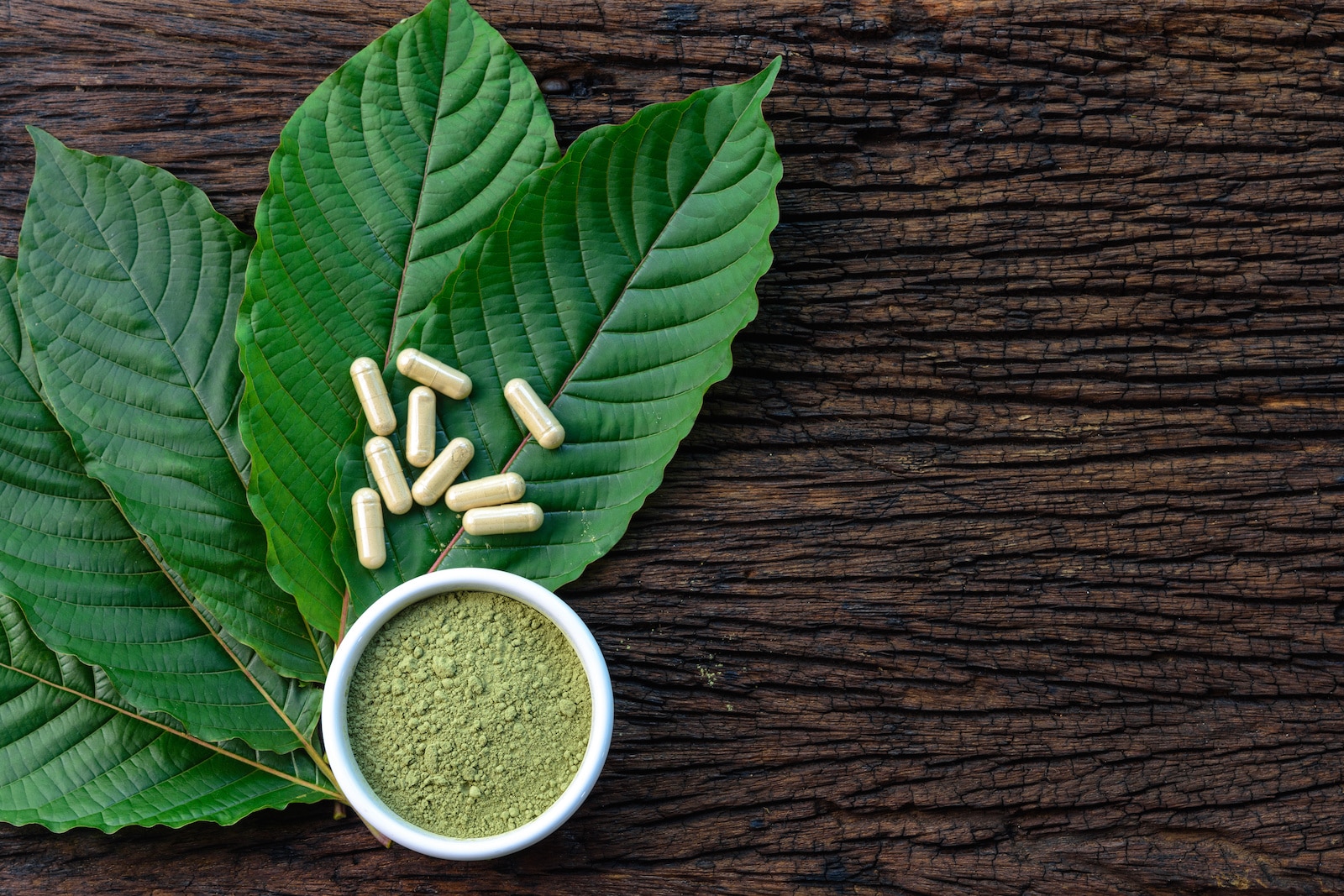
Table of Contents
There are countless substances and relatively unknown plants abused daily in the US. Addicts consistently dig up new ways to abuse natural plants and traditional remedies to meet their addiction needs. The newest plant in this category is called Kratom, but it is also known for its exotic slang terms, like ketum, biak, thom, ithang, and kakuam. It may sound intriguing, but it is the epicenter of a new drug abuse explosion in America.
Perhaps the most disturbing thing about this insidious new problem is that the natural herbal source that produces the dangerous drug is legal in just about every part of the US. While kratom is prohibited in a few jurisdictions, it can still be sourced easily from neighboring areas or even ordered online. Many locations have restrictions on what type can be ordered and shipped, so many sellers can evade regulations by simply packaging the substance as “not for human consumption.”
Kratom is a tree native to tropical Asian countries such as Malaysia and Thailand. The whole tree contains psychotropic compounds, but they concentrate on the leaves. These psychotropic compounds can cause significant changes in physical state, emotional state, and perception of those under its influence. The effects experienced by those who use it can differ depending on how the drug is taken. Some take it as a capsule, no different in appearance than a daily multivitamin. Others brew the leaves into tea or use high potency extracts, mixing them into the water like a sports drink.
What is a Kratom High?
A kratom high can vary depending on how the user wants to feel, unlike most other abused substances. The kratom high can resemble stimulants if taken in one way, or they can mimic opioids if taken another way. This is due to the pairing of the two primary compounds responsible for the kratom high, 7-alpha-hydroxy-mitragynine and mitragynine are both able to act on the opioid receptors in the brain.
When taken in large amounts, the kratom high has many of the same features as an opioid high. When large amounts of kratom interact with the receptors, there is a powerful sedative feeling and waves of euphoria and physical pleasure. If taken for pain, the user will often experience pain relief. While this can help some opioid addicts by providing them with a less harmful alternative to taking opiates, it more often than not keeps the user in a dangerous cycle of addiction, simply trading in one addiction for another.

Users that take more modest, specifically measured amounts can find nearly the polar opposite effects happening. When taken in smaller quantities of the extract, the kratom high gives the user a set of effects that mimic many stimulants. This effect can lead to boosts in energy, increased sociability, and a feeling of alertness that helps to keep the user awake and attentive. This can lead to abuse as a study aid and a traditional social stimulant.
Side Effects of a Kratom High
Although kratom has not been studied as fully as may be needed to understand all of the effects associated with it completely, there have so far been several side effects that have been linked to kratom use. Some of these noted side effects can be potentially dangerous.
This can be seen in the interaction between nicotine and the kratom high. Smoking is incredibly common, so those who smoke don’t give much thought to the nicotine in their bodies. Kratom, however, becomes dangerously toxic when it is combined in the right way with nicotine. This means that even those taking a recommended dose can be at risk for potentially deadly effects if they are a current smoker.
Other potentially damaging side effects come from the common routes of administration. If the users are smoking the substance to get their kratom high, some features of the kratom’s smoke could prove incredibly damaging to the body. When the kratom substance is smoked, a large volume of hot air, tar, carcinogens, and more are released into the lungs.
While bronchial irritation and more are possible in the short term, there are also long-term risks of needing to be put onto an assistive device like oxygen or developing COPD. COPD is one of the most commonly reported injuries or conditions that result from abusing a kratom high. The direct result is an inability to catch one’s breath or a feeling of tightness in the chest that will not go away.
Once a user has developed a significant tolerance and dependence on the effects of a kratom high, stopping the kratom usage will almost definitely cause a variety of potentially uncomfortable physical withdrawal symptoms.
Many symptoms have the potential to be experienced by the user, including:
- Disruption of sleep, including insomnia
- Quick changes in mood, particularly in hostility, irritability, and aggression
- General aches all over
- Runny nose
- Lack of coordination, shaking or jerking movements
- Unstable emotional state
How to Get Help if Addicted to a Kratom High
Even though it may be legal in many areas, it is still possible to develop a dependence on a kratom high. If you or someone you care for thinks they may be addicted to a kratom high, it is important to reach out for professional help from those with experience in the addiction field.
By working with experienced professionals on a treatment plan that works for the individual, more attention is paid to creating a solid foundation for recovery. Once the acute withdrawal period is over, the individual can also work with counselors to identify potential triggers and how to avoid or better cope with those triggers going forward to strengthen long-term recovery.
Reach out today if you or a loved one suffers from a substance abuse disorder stemming from kratom use. You deserve this chance to get well and be on the path to recovery and fulfillment right now.
Sources:
Ocean Recovery has strict sourcing guidelines and relies on peer-reviewed studies, academic research institutions, and medical associations for our references. We avoid using tertiary references as our sources. You can learn more about how we source our references by reading our editorial policy.
1. Prozialeck WC, Avery BA, Boyer EW, et al. Kratom policy: The challenge of balancing therapeutic potential with public safety. Int J Drug Policy. 2019;70:70-77. doi:10.1016/j.drugpo.2019.05.003
OCEAN RECOVERY EDITORIAL GUIDELINES
The internet contains a vast amount of misinformation, but when it comes to your health only peer reviewed, research centered data matters. At Ocean Recovery, all content published throughout our website has been rigorously medically reviewed by a doctorate level clinician, and cross checked for medical accuracy. Our editorial process helps our readers trust that the information they are consuming is factual and based upon scientific data. Your health is our top priority, find out more about how we safeguard the integrity of information on our website. Read More About Our Process





